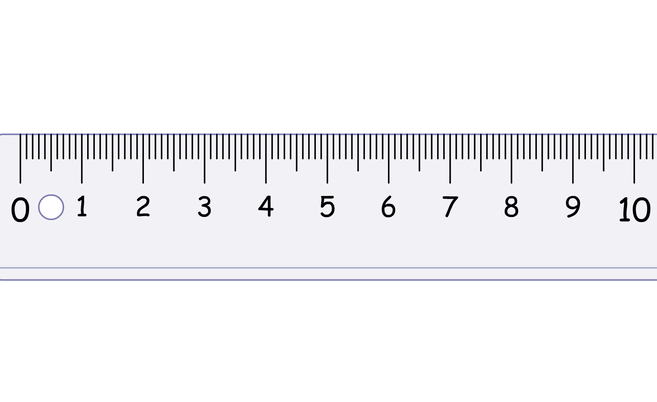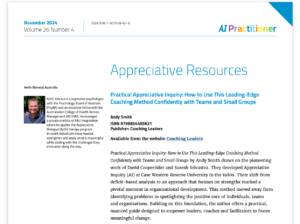Tools for the Discovery Stage in Appreciative Coaching: Scaling Questions

[ad_1]

Appreciative interviews are not the only way that, as appreciative coaches, we can help our coaching clients find what’s already working in their current situation. Scaling questions (from the closely allied field of solution-focused practice) are an easy, naturalistic way to get clients to strengthen their foundations for change.
Scaling questions help the coaching client to get away from “all or nothing” thinking and “catastrophising” – thinking that whatever is wrong in the current situation makes it a complete disaster. The very act of assessing how things are on a scale gets the client out of viewing any situation as either all good or all bad, which makes it possible for them to see the resources and strengths that are already there.
The Basic Scaling Question
Let’s take a look at the basic scaling question to assess where things are now:
“On a scale of zero to 10 where zero is the worst this problem has ever been, and 10 is how it’s going to be when all the problems are solved, where are you now on that scale?”
On the face of it, this seems like a simple question, that anyone could understand. However, there are some helpful ‘presuppositions’ (unspoken assumptions that the listener has to take on board in order to make sense of the question) and suggestions built into it.
“And 10 is how it’s going to be when all the problems are solved…” – what’s presupposed in that part of the question? Well, we’re not saying “if all the problems are solved”, which would imply that they might be solved, but equally there’s a possibility that they won’t be. We’re saying “when” – demonstrating a reassuring belief that the client can and will solve their problems, without having to say that out loud.
By setting out a scale from worst to best, and implying that the worst can be in the past and the best is in the future, we’re suggesting that change is possible, and that the client may be on a journey towards improvement.
Also, defining the zero end of the scale as “the worst this problem has ever been” invites an answer that gives us information about things that have worked in the past, as well as just assessing where things are in the present. Notice how if clients place themselves on the scale at anywhere other than zero, they have already tacitly admitted that some things have improved from when things were at their worst, and probably also that some things they are doing are working.
If, as often happens, they answer with a range rather than a point on the scale (“It varies between 2 and 4”), you can ask what’s different, and what are they doing differently, when things are at 4.
Follow-Up Scaling Questions
You can ask a supplementary question to discover more resources in the present, and remind the coachee of past achievements (which it’s easy for them to forget about, due to the human brain’s negative bias):
“You’re at 4 now, how did you get up from 3?”
If the client tends to see things more pessimistically, you can still help them look for things that are working by asking:
“How do you stop yourself sliding back to 3?”
This appeals to ‘away-from’ motivation, but it will still discover useful resources and behaviours that are working.
Either question acknowledges and validates what the client has already been doing to make the solution happen, providing behavioural reinforecement that subtly encouraging them to do more in that direction.
Scaling questions also come in handy for the Dream, Design, and Delivery (or Destiny) stages of the 5-D coaching format – we’ll get to those later in this series.
Do you want to learn more about Appreciative Inquiry? Order a signed copy of my book Practical Appreciative Inquiry: How to Use This Leading-Edge Coaching Method Confidently with Teams and Small Groups direct from me! (non-signed ebook version also available)
[ad_2]





